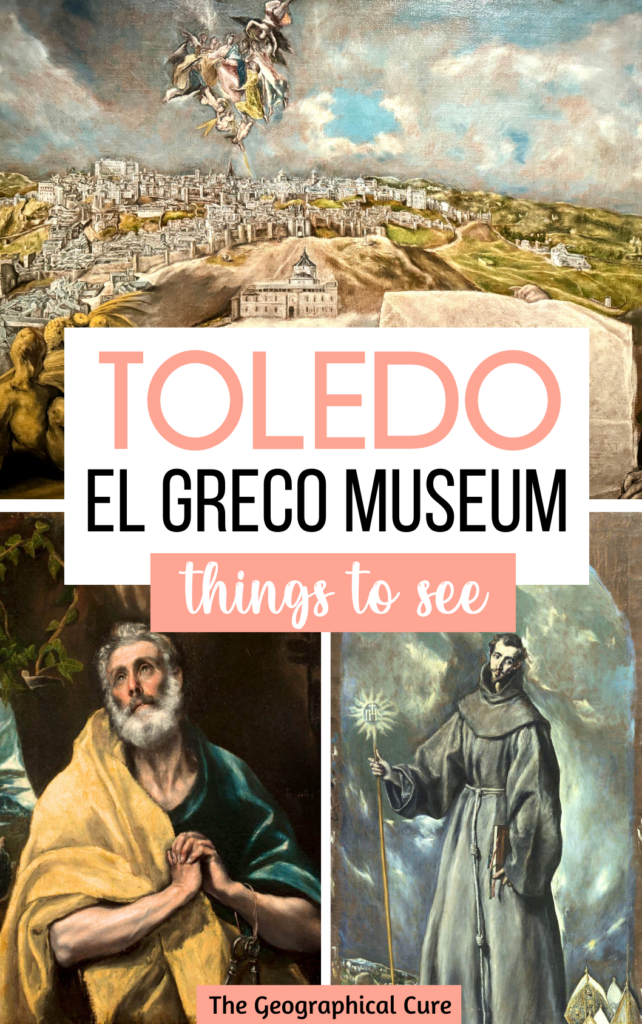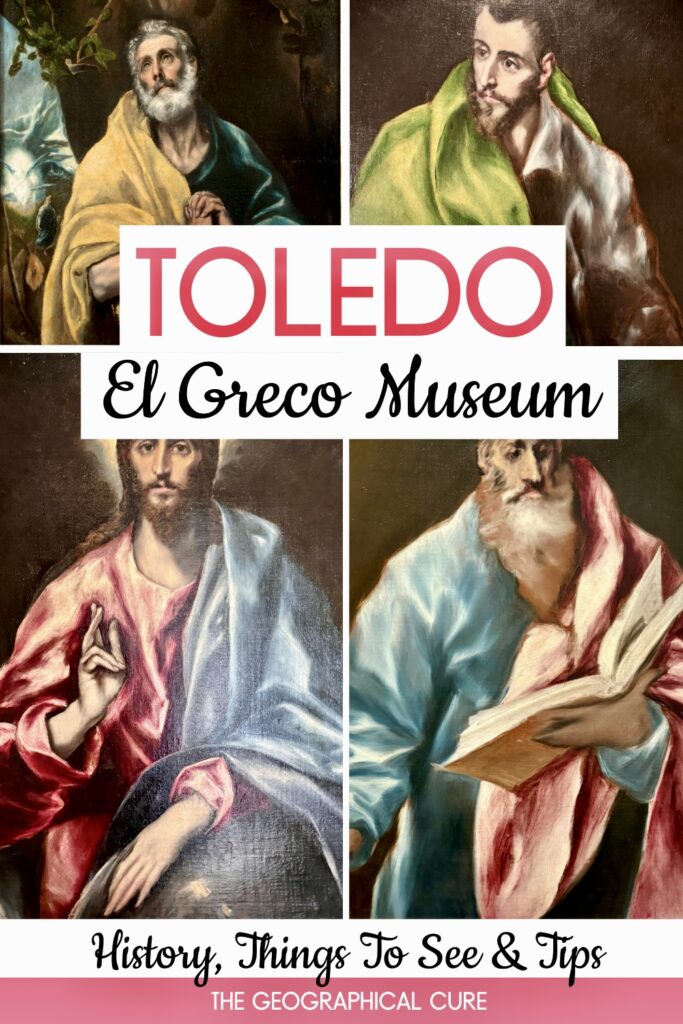The Museo del Greco is an absolute must visit in Toledo! It reopened in 2011 after an ambitious makeover and is now a gorgeous museum space.
This intimate house-museum is the only one in the world dedicated to the famous Greek artist El Greco.
It’s set in a beautiful 14th century Spanish mansion, lovingly restored by the second Marquis de la Vega-Inclán. He was a big supporter of Spanish art and helped revive the artist’s reputation.
The marquis may have thought he was buying El Greco’s actual home. But that wasn’t the case. For years, though, the museum was named Casa de El Greco.
While you won’t find El Greco’s most famous masterpieces here, the museum nonetheless offers a look at the genius of his art. The jewels of the collection are the Apostolate series and the extraordinary View and Plan of Toledo.
In this guide to the El Greco Museum, I’ll give you an overview of the museum, tell you about El Greco, describe the things to see, and give you tips for visiting.
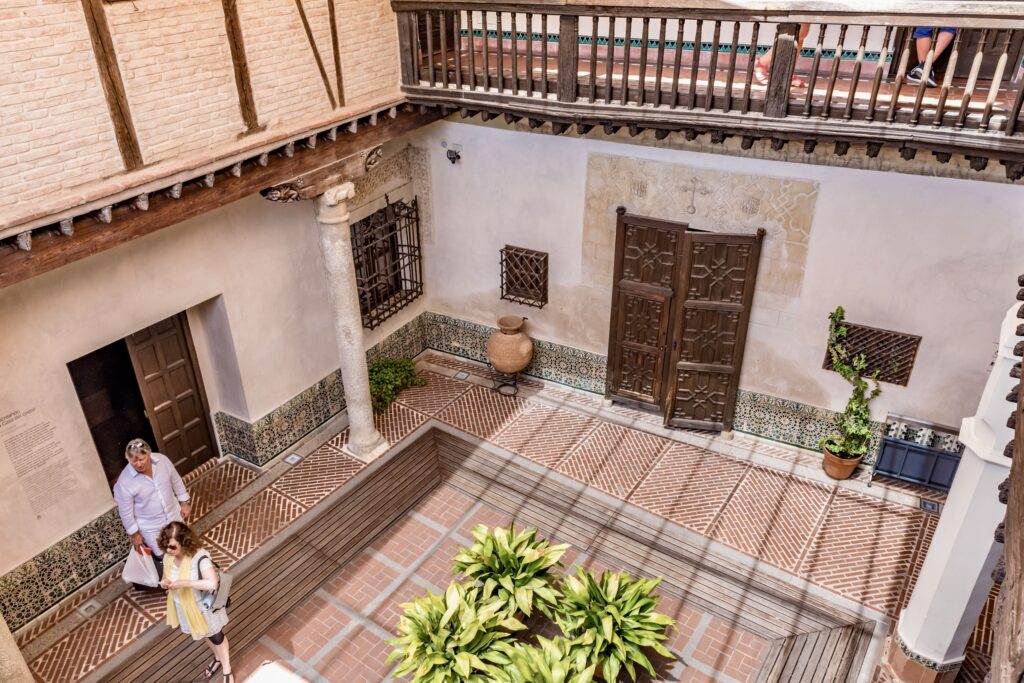
Overview Of The El Greco Museum
From the ticket office, head through the garden to the museum building. The first part of the museum is inside the courtyard.
You’ll see a period kitchen. You can also watch an introductory video.
When you’re done, climb the stairs to begin the one way museum route.
On the first floor, you’ll learn about El Greco’s life and travel, his training in Venice and Rome, and his arrival in Toledo. This is where you’ll find the standout artworks.
Downstairs, you will see more paintings and a chapel with a gorgeous Mudejar ceiling. The museum wraps up with a collection of over 100 paintings from El Greco’s followers and workshop and a display on the marquis.
When you’re done, take a walk in the beautiful garden. It’s now connected to the house by a luminous glass pavilion.
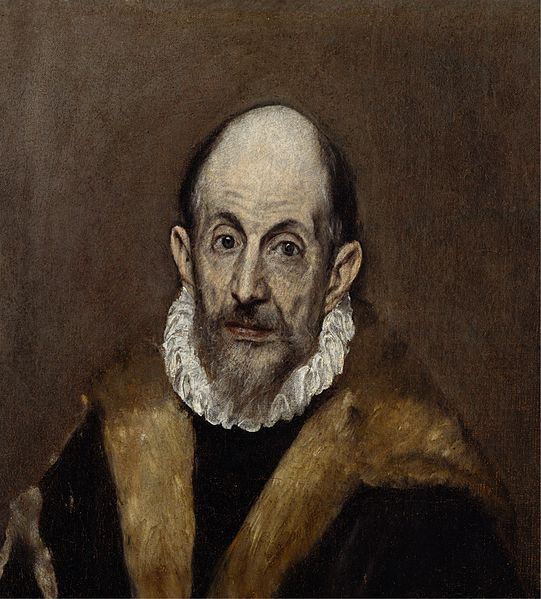
Who Is El Greco?
El Greco, or Dominikos Theotokopoulos, was an incredible artist from the late Spanish Renaissance. He was born in Crete, where he was taught the Byzantine style of religious painting.
El Greco started off in Greece, moved to Italy to learn from experts like Titian and Tintoretto, and finally made his home in Toledo. There, he was successful, mixing his Greek roots, Italian flair, and Spanish spirituality into some very memorable art.
Art historians find it difficult to put El Greco into a specific art category. And honestly, they might have a point.
But, to me, he lines up fairly well with the Italian Mannerists.
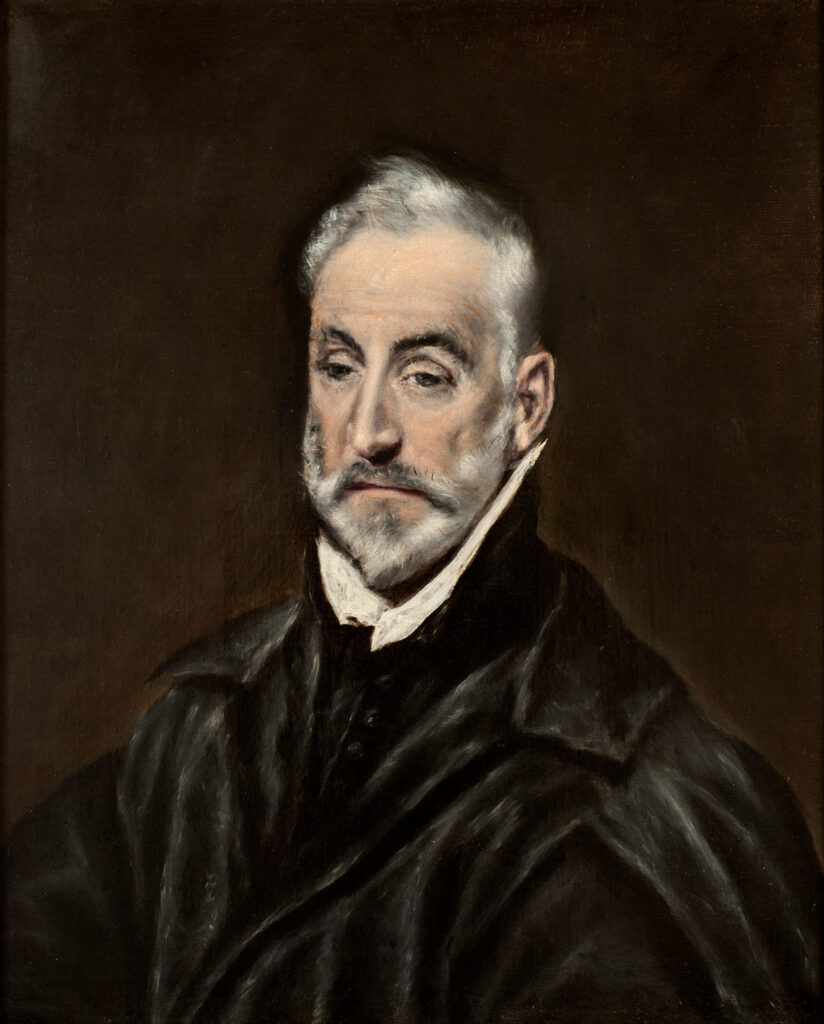
These were the post-Renaissance artists who liked to paint elongated (almost deformed) figures and used acidic, unreal colors. The visual effect was more dramatic and, well, stylish.
But El Greco’s paintings aren’t just about showing off technical skills. They captured spiritual moments and otherworldly events. The artist claimed that “the spirits whisper madly inside my head.”
El Greco’s ethereal, unanchored figures seem to stretch and writhe toward the sky as if on the verge of ascension.
This depiction and their spiritual ecstasy suggests an evaporation of material life. It’s an original and distinctive style that makes El Greco’s works instantly recognizable.
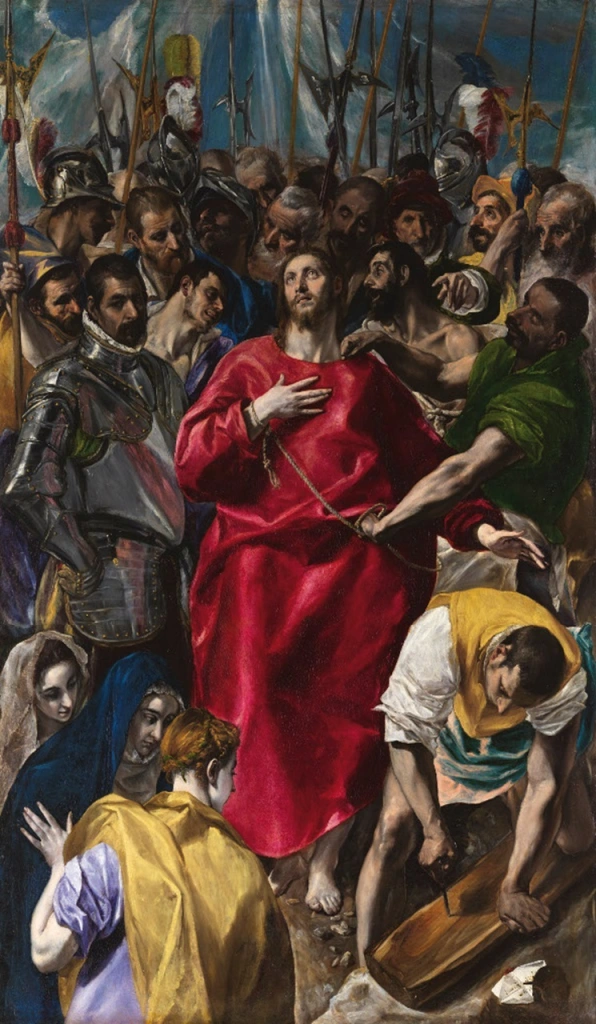
Art historians have long looked for explanations for the distortion in his figures, claiming that madness, social deviance, and hashish played a role.
But, really, El Greco’s works were in line with the Counter-Reformation’s emphasis on direct, emotional engagement with the divine.
El Greco was relatively unknown, even in Spain, during his lifetime. Critics and Romantic era artists only rediscovered him in the 19th century.
Later, he became a hero of the Impressionists. Modern artists like Picasso and Cezanne also admired El Greco’s innovative approaches to composition and form.
Nowadays, he is securely in the pantheon of revered old masters and an anchor of the Prado Museum in Madrid.
Guide To The El Greco Museum: What To See
Here are the must sees at the museum.
Apostle Series
El Greco’s El Apostolado series is a group of paintings that depict the twelve Apostles and Christ.
The only person missing? Judas the betrayer. St. Paul has taken his place.
Christ is in the center, looking directly at the viewer. Each apostle is depicted with the attributes that identify him, such as Peter with keys to heaven.
Three of the artist’s apostle series still exist. One is in the sacristy of Toledo Cathedral, one is in Oviedo in northern Spain, and the other in this museum.
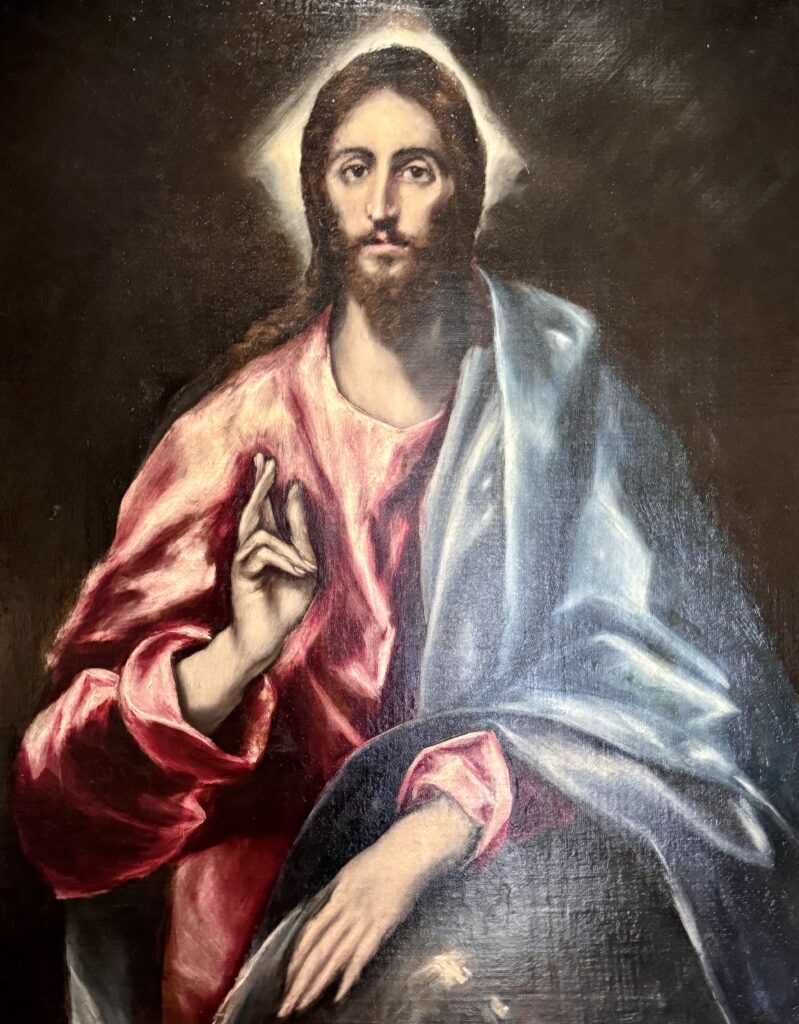
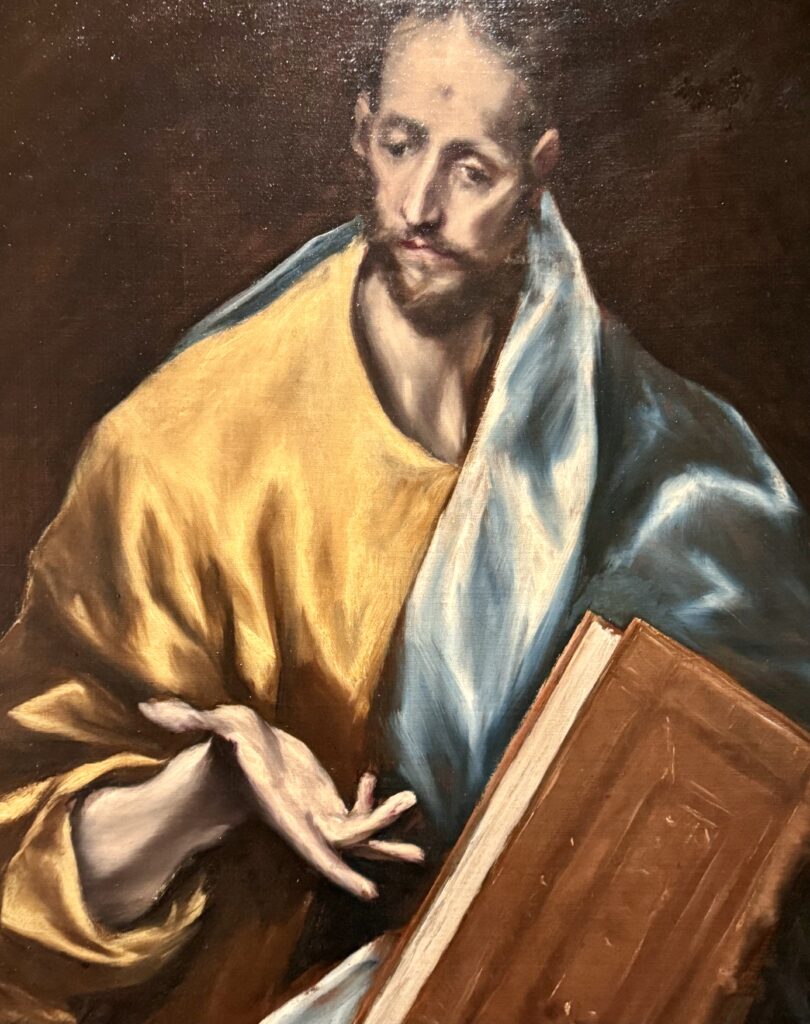
This series came late in his career and, unfortunately, many of the paintings are unfinished. Only three are complete — St. Peter, Christ as Savior, and St. Paul.
By the time he worked on these series, El Greco had fully developed his mature style.
It was marked by vortex-like compositions, dramatic use of light, exaggerated forms to express spiritual passion, and a distinctive color palette that adds a mystical quality to his religious subjects.
The series gives you some insight into how El Greco painted. For example, the unfinished St. Bartholomew is wearing a white tunic, while the others all wear vibrant colors.
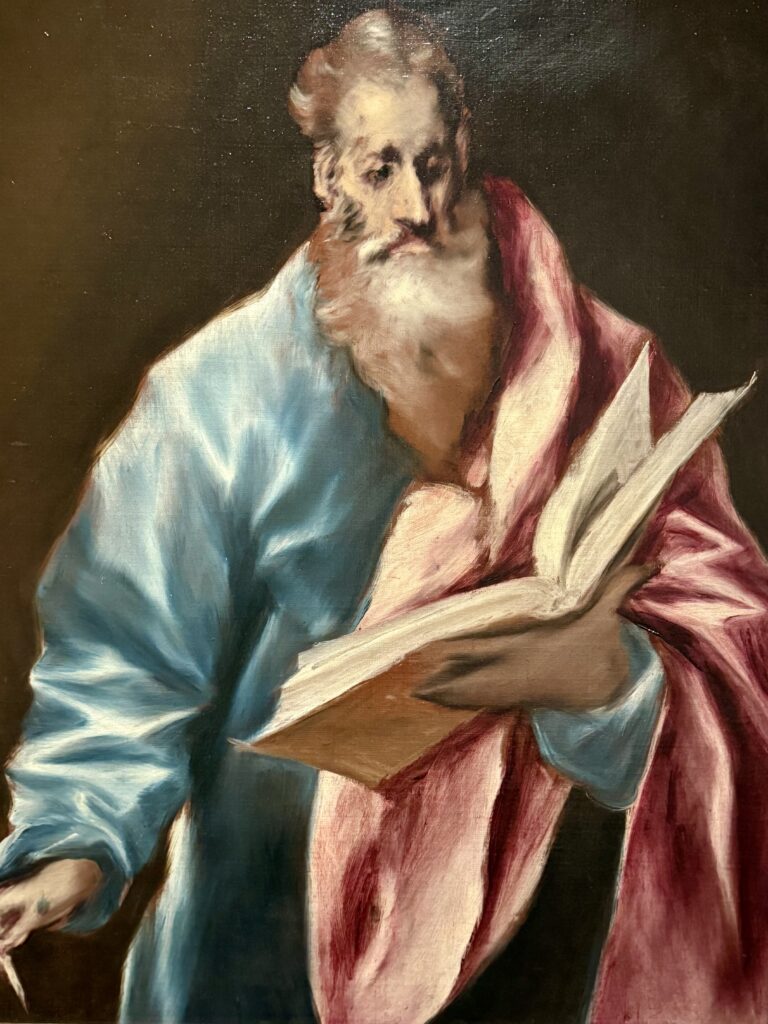
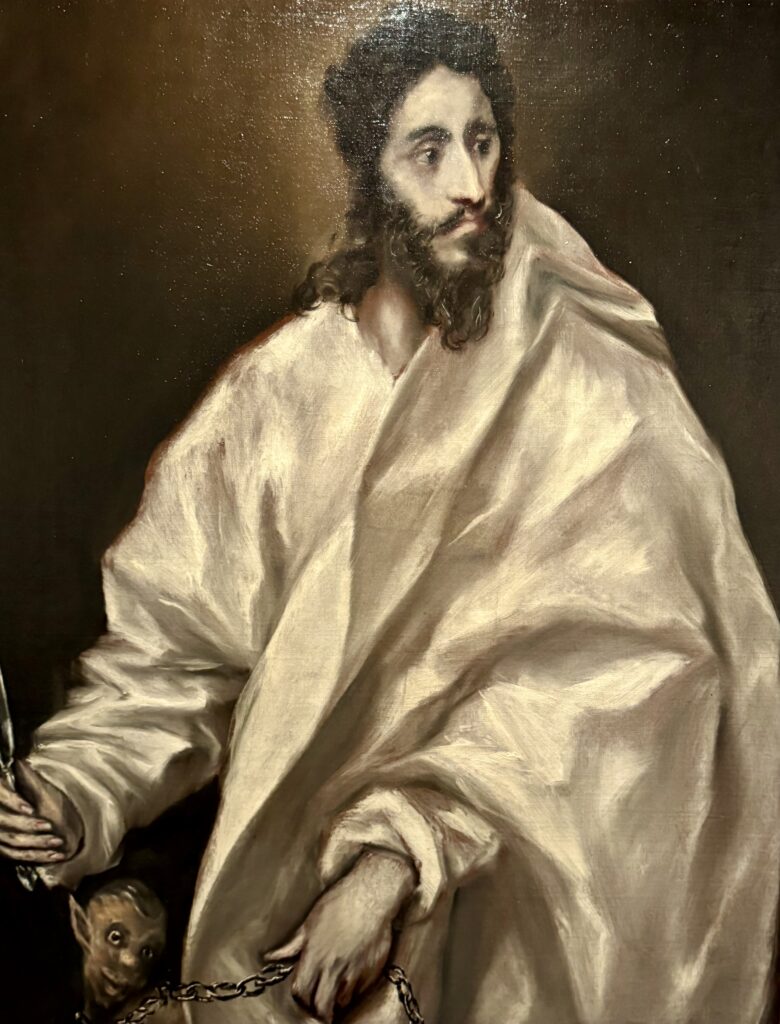
El Greco created the apostles’ clothing by using grisaille (white and gray tones) to give volume to the figure. Then, he would add color in various layers or blots to achieve the desired effect.
El Greco focused his attention on the hands and faces of the apostles. If you look closely, you will see that he deliberately placed one eye slightly above the other.
Some historians claim that El Greco used mental patients as model for the apostles. As evidence, they say you can see signs of illnesses, like malaria, in the portraits. But this theory could be more myth than reality.
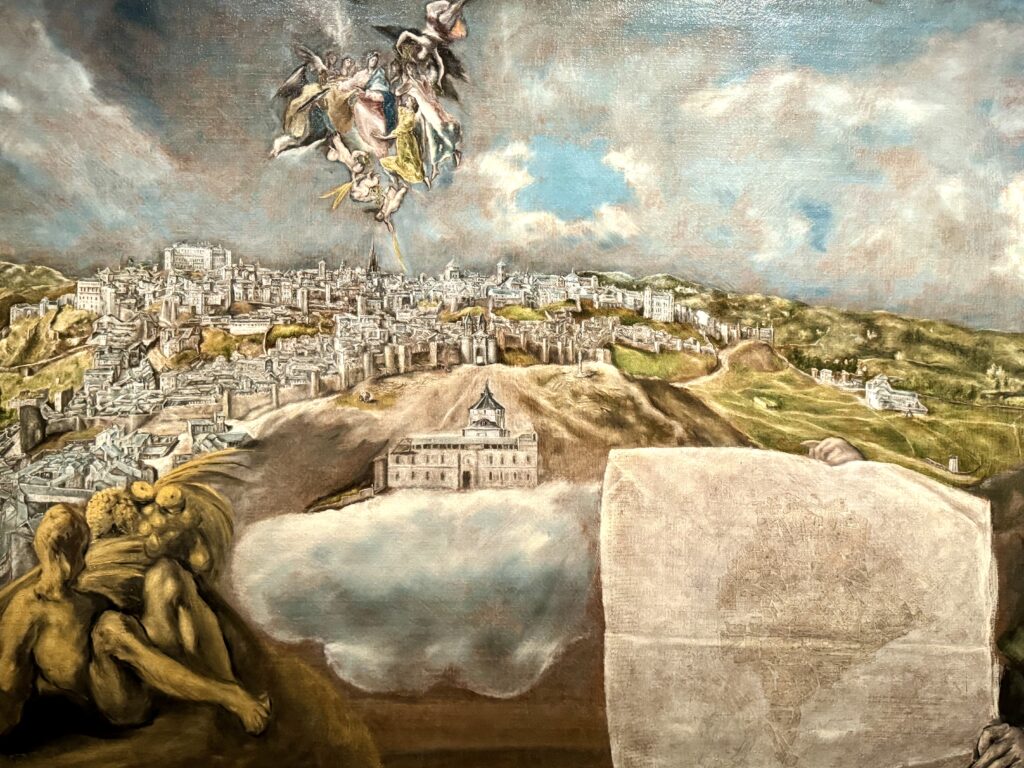
View and Plan of Toledo
This is a highly inventive work and the best in the museum’s collection. It’s the artist’s only surviving landscape, aside from the more famous version in the Metropolitan Museum of Art.
The painting is a panoramic portrait of the city in 1614, dominated by the silhouettes of Toledo’s architecture.
The director of the Hospital of Tavera commissioned the painting to promote the city. And the hospital has a prominent place in the center.
This is a complex composition with multiple viewpoints, celebrating the glory of Spain’s oldest city. A few things stand out.
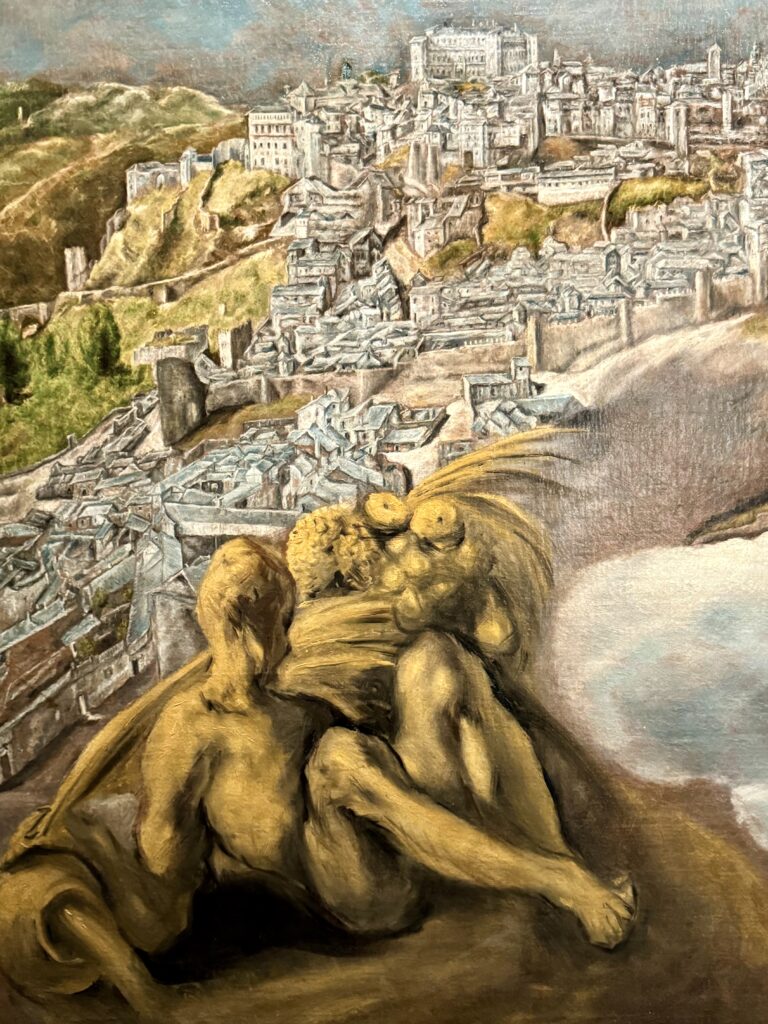
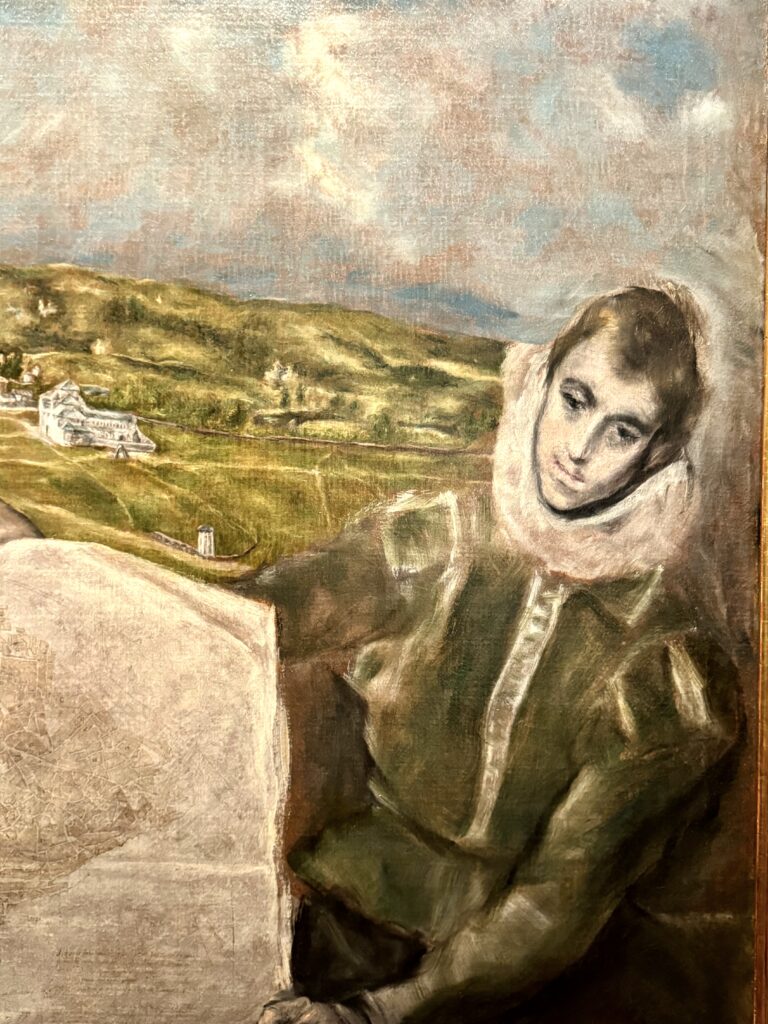
To the left, is an allegory of the River Tagus, seen as a classical sculpture pouring water from a flagon.
To the right, a young man (possibly El Greco’s son) holds a detailed map of the city. El Greco may have scratched the writing onto the canvas with a needle dipped in paint.
At the top, a group of figures descend from the heavens. This is an allusion to a miracle that allegedly took place in Toledo, the descent of the virgin.
The painting bears all the hallmarks of El Greco’s later years. His brushstrokes are relaxed and impressionistic. Buildings are reduced to simple geometric forms.
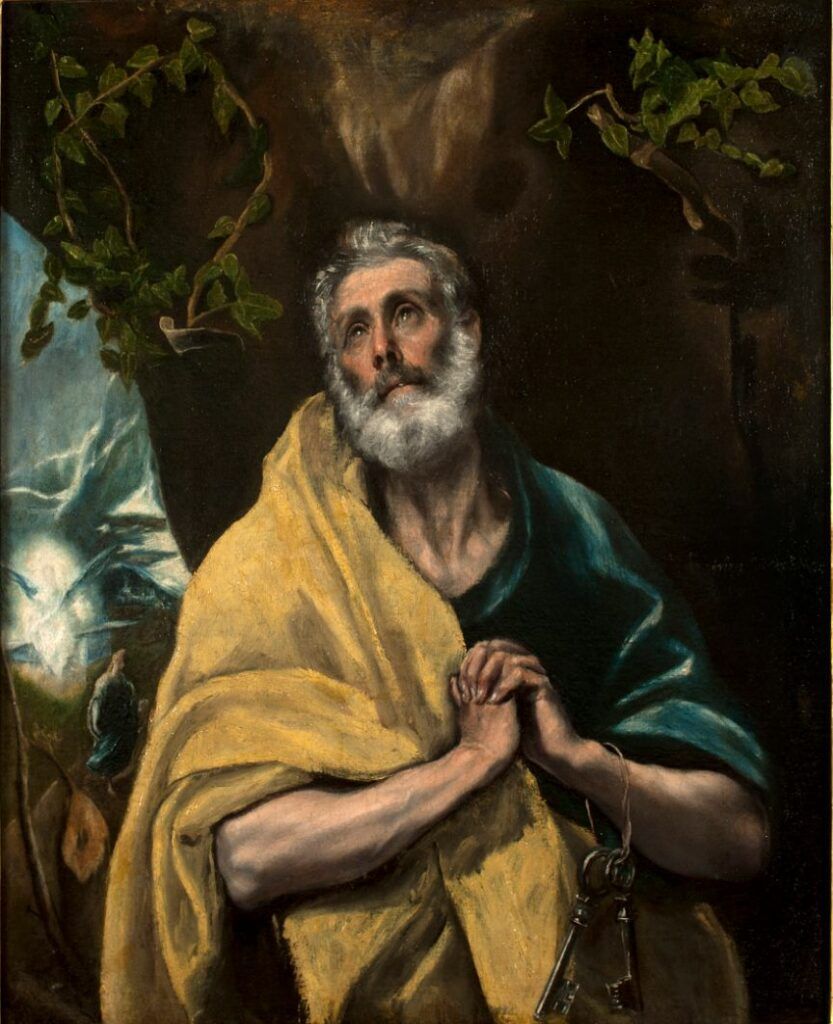
Tears of St. Peter
This is another painting that El Grace recreated many times.
It’s a devotional portrait. Peter appears to be crying for having denied Christ three times after being arrested.
The saint is in a cave surrounded by ivy, a symbol of immortality. He looks desperate and sorrowful, clasping his hands in prayer.
In the background, there’s a light with a winged angel. You also see a glimpse of Mary Magdalene running to tell Peter of Christ’s resurrection.
El Greco was the first artist to portray St. Peter this way, isolated and in a half length pose.
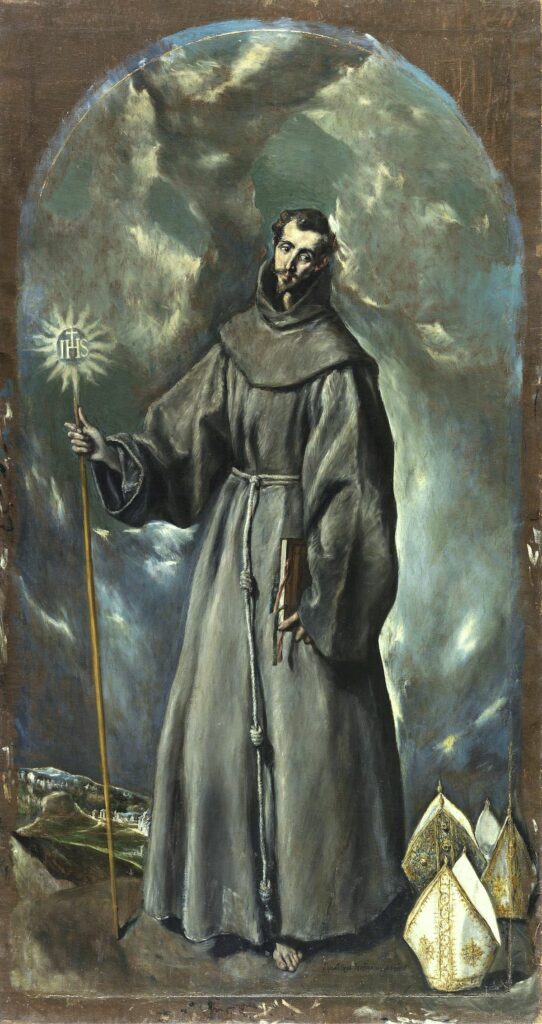
St. Bernadine of Siena
This is another beautiful work, in the museum chapel, painted for the University College of St. Bernadine in Toledo.
St. Bernadine was a prominent member of the Franciscan order of friars and a famed preacher. He turned down bishoprics in three cities, a fact alluded to by the bishops hats in the bottom right corner.
The saint is show in El Greco’s classic hyper elongated form, surrounded by a stormy sky. The colors — blue, white, black, and ochre — were applied over a reddish predatory base.
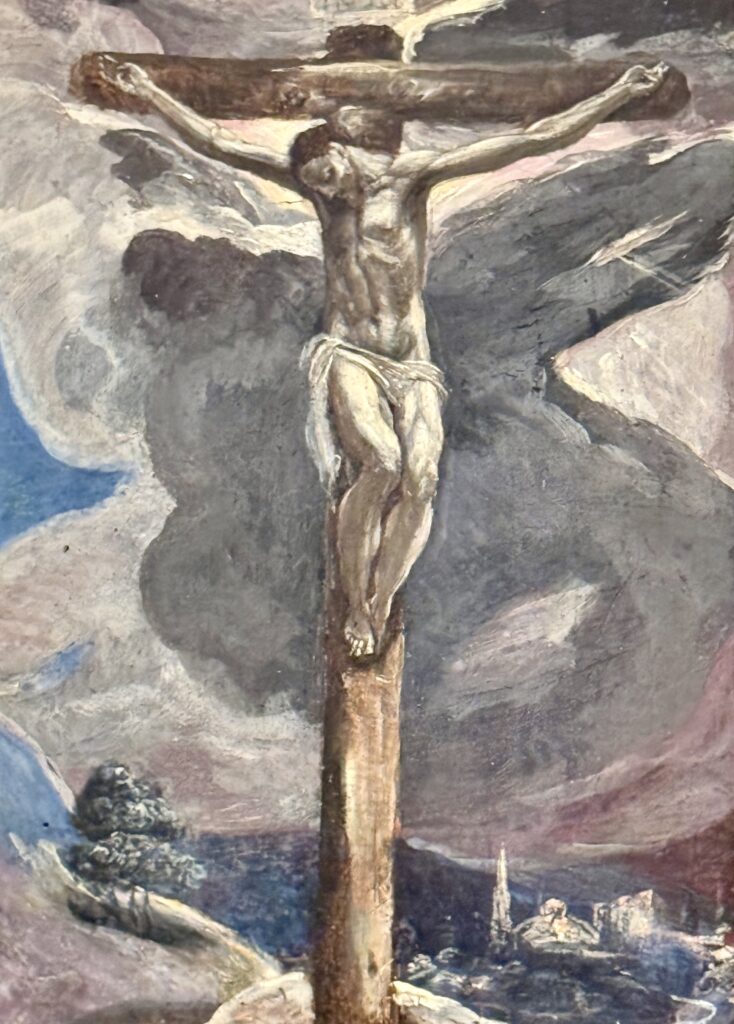
Christ Crucified
This is an early El Greco work. The subject of Christ on the cross was a common theme during his tenure in Rome.
It was reputedly inspired by Michelangelo’s (now vanished) version of Christ on the cross. But it also reminded me of a Titian piece I saw in the cathedral sacristy.
In the painting, El Greco combines the iconic power of the crucifix with the expressive power of landscape painting.
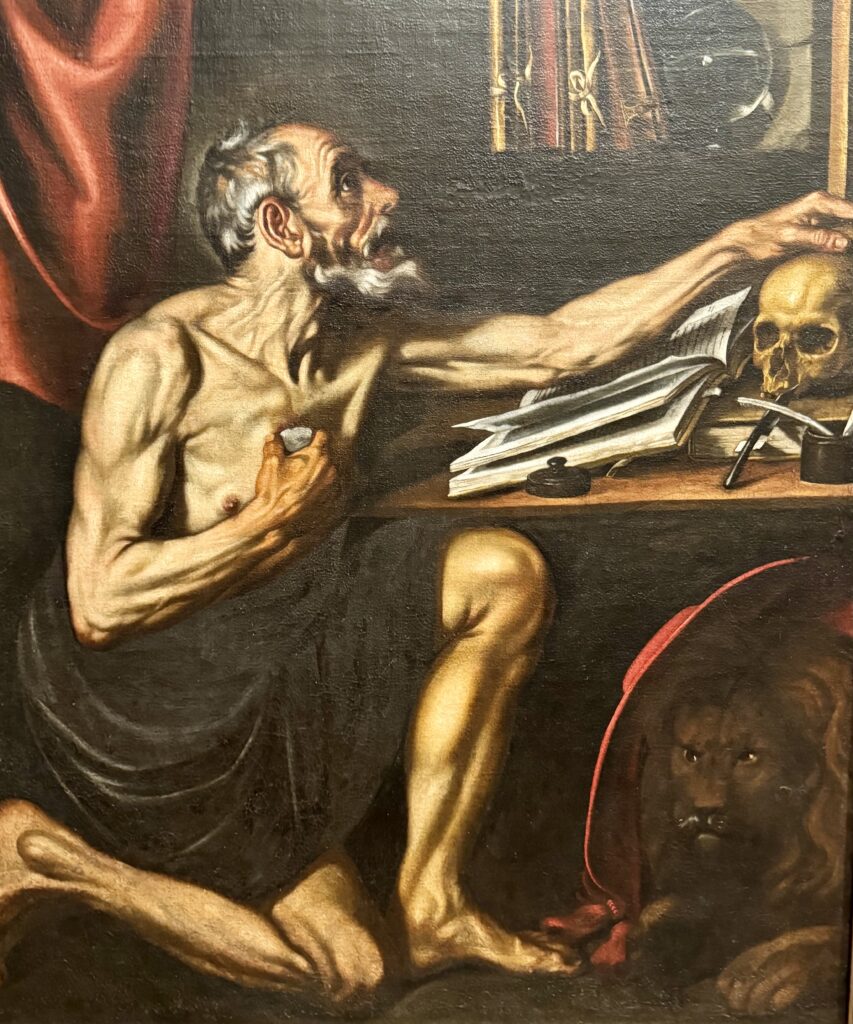
El Greco’s Workshop
Shortly after moving to Toledo, El Greco decided to set up a workshop to help him carry out his lucrative portrait commissions.
His assistants tasks were to mix the colors and prepare the canvases. Others carved and glided the structures for his altarpieces.
His helpers also created their own works, though none approach the quality of the master. El Greco’s best disciple was Luis Tristan and you can see some of his paintings in the museum.
When El Greco died, his son Jorge Manuel continued to run the studio. Later, however, after completing all the commissions, he closed the studio and dedicated himself to architecture.
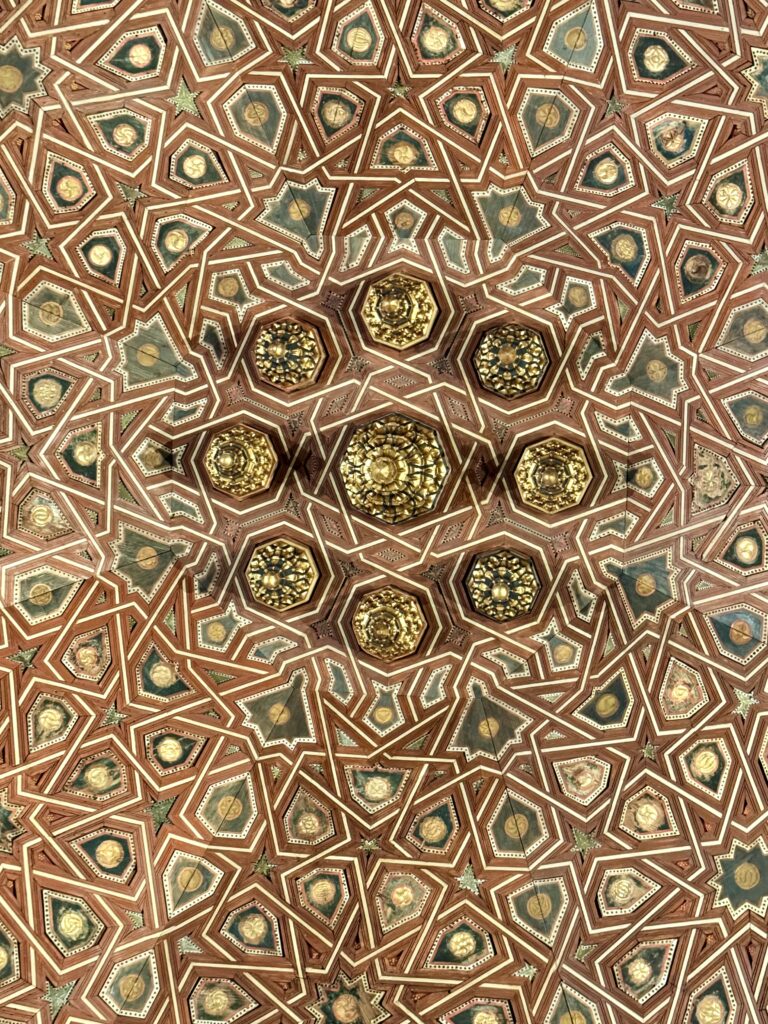
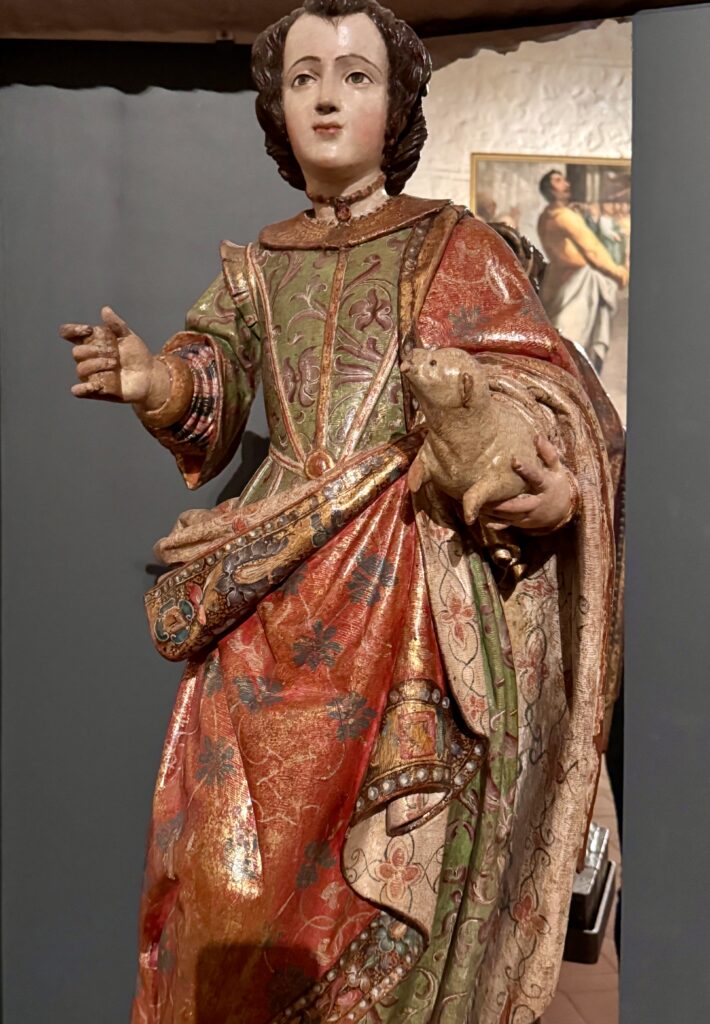
Practical Guide & Tips For The El Greco Museum
Address: P.º del Tránsito, in the Jewish Quarter
Hours: Monday through Saturday 9:30 am to 7:30 pm. Sundays and holidays 10:00 am to 3:00 pm.
Tickets: 3 euros
Pro Tips:
There are plenty of informational panels telling you about El Greco and his paintings. You can also scan QR codes to get more information.
Photos without flash are allowed. I would budget about an hour to see the museum.
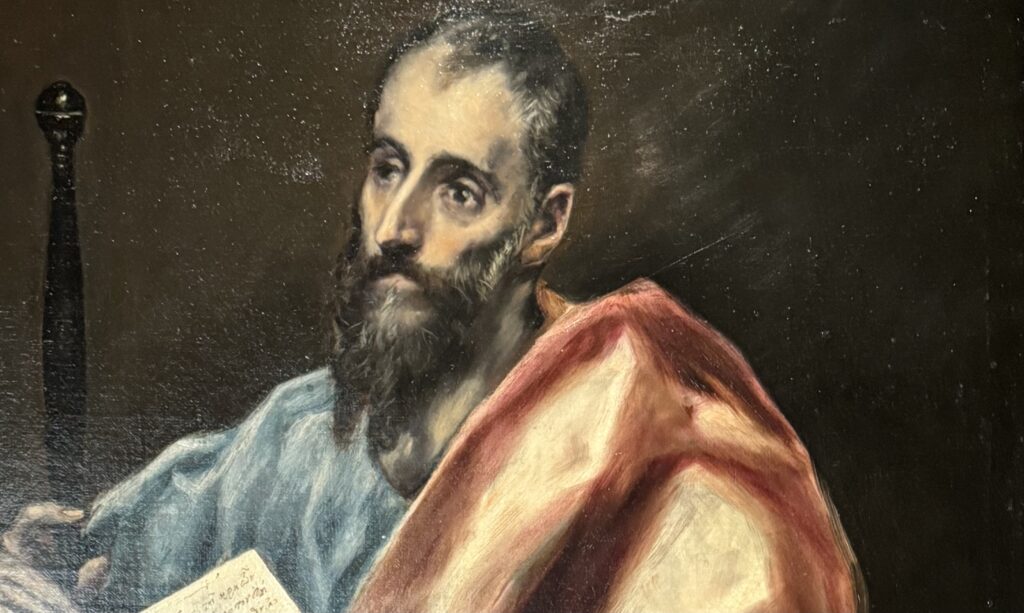
I hope you’ve enjoyed my guide to the El Greco Museum. You may find these other Spain travel guides useful:
- 10-14 days in Spain itinerary
- 1 day itinerary for Barcelona
- 3 day itinerary for Barcelona
- 40+ Landmarks in Barcelona
- 30+ secret towns in Spain
- 10 day itinerary for Andalusia
- Most Beautiful Towns in Andalusia
- 1 day itinerary for Seville
- 3 day itinerary for Seville
- 2 day itinerary for Madrid
- 2 day Itinerary for Bilbao
Pin it for later.

